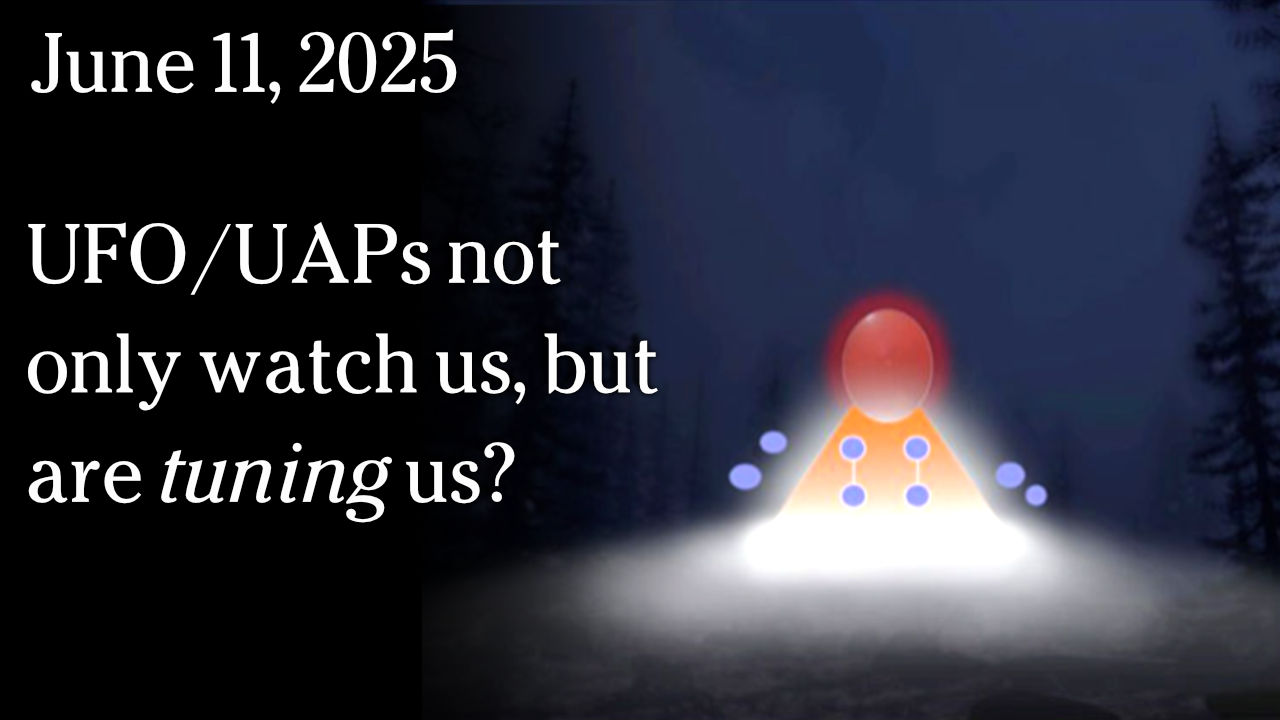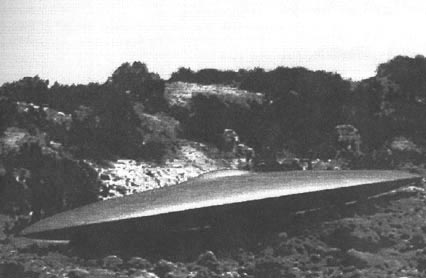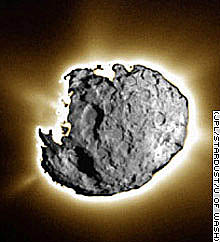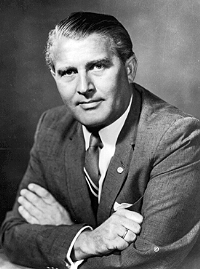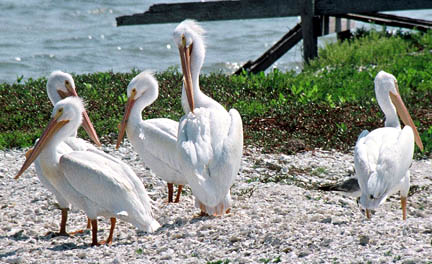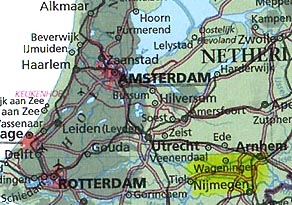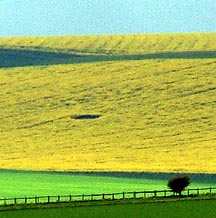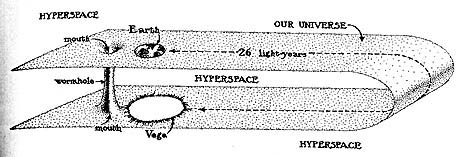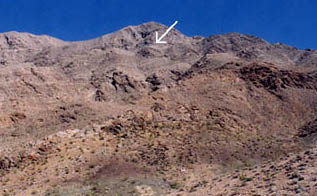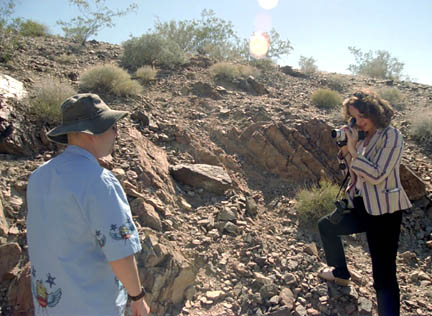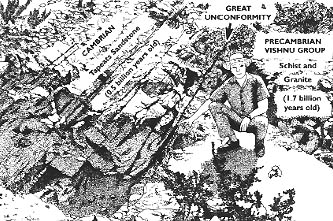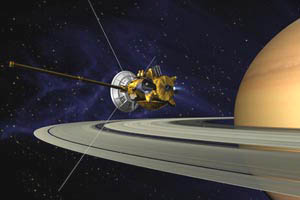To be more computer-friendly, the reprint has been divided into parts. Here begins Part 10 of Status Report VI, from July 1991. These status reports were written by Leonard H. Stringfield from 1978 to 1994. Previous Status Report VII begins at Earthfiles 12/15/03. Leonard Stringfield died on December 18, 1994.
Click here to subscribe and get instant access to read this report.
Click here to check your existing subscription status.
Existing members, login below:



